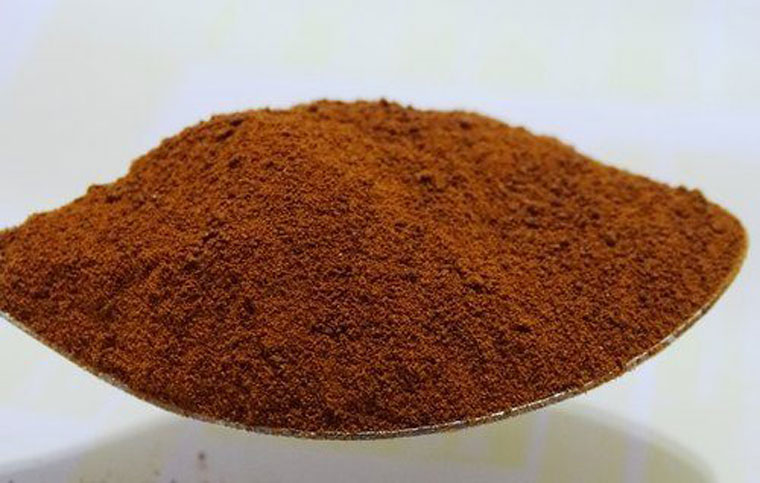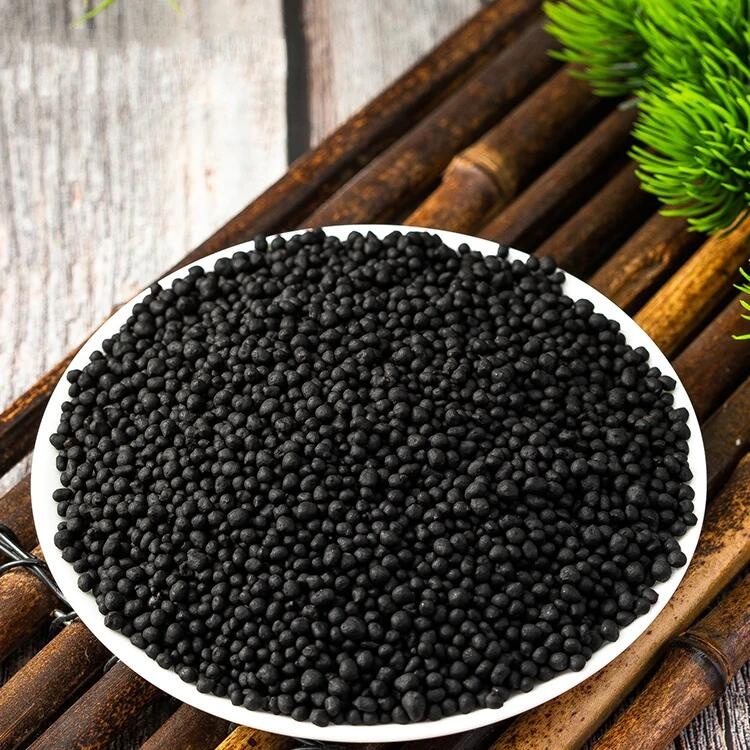The emergence of biochemical humic acid makes up for the defects of coal humic acid, and accelerates and improves the application speed and effect of humic acid in agriculture and animal husbandry.
The utilization and development of biochemical humic acid resources focuses on non-biological fermentation or chemical treatment methods, nor does it depend on the content of humic acid. The key lies in the nature of the final product or its effect and use value. Therefore, in order to achieve the best effect of biochemical treatment, the best process, the best strain and the best production conditions should be screened out in a large number of biochemical treatment experiments to obtain more ideal biochemical products.
The biochemical humic acid usually referred to includes humic acid, fulvic acid, fulvic acid-like, organic acid, growth hormone, active enzyme, trace elements, nucleic acid, amino acids and other biologically active substances, collectively referred to as humic acid-like substances (biochemical humic acid). Although the content of biochemical humic acid produced by different methods is different, as a special biochemical humic acid for foliar fertilizer, it is not necessarily just the pursuit of the content of humic acid. More importantly, the effect and value of biochemical humic acid on crops should be considered.
Biochemical humic acid can be used not only as foliar fertilizer, but also as soil conditioner, fertilizer additive, pesticide synergist, drought resistance agent, feed additive, water stabilizer, adhesive, cement water reducer, drilling mud treatment agent, etc. It has a wide range of applications and a promising market prospect. As people’s understanding of biochemical humic acid gradually deepens, it is believed that biochemical humic acid will bring considerable social and economic benefits to mankind.



